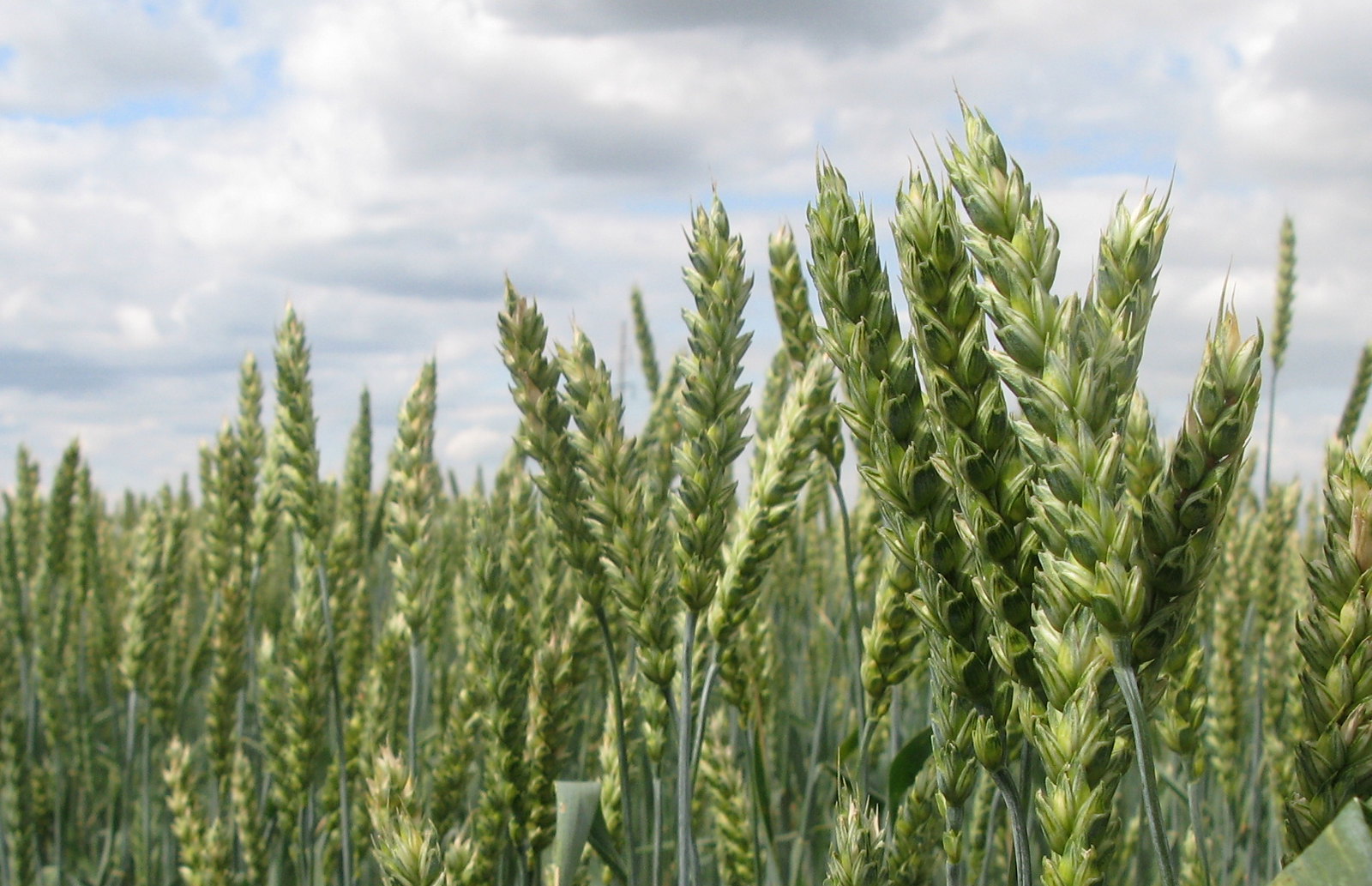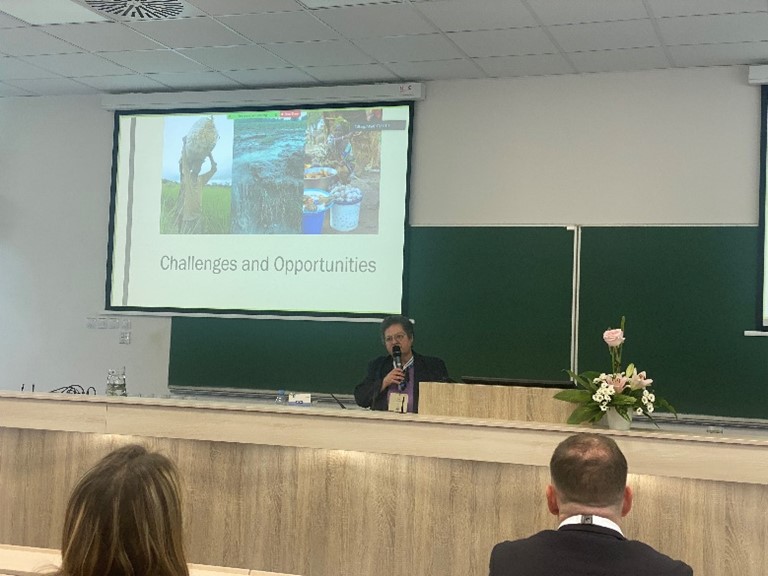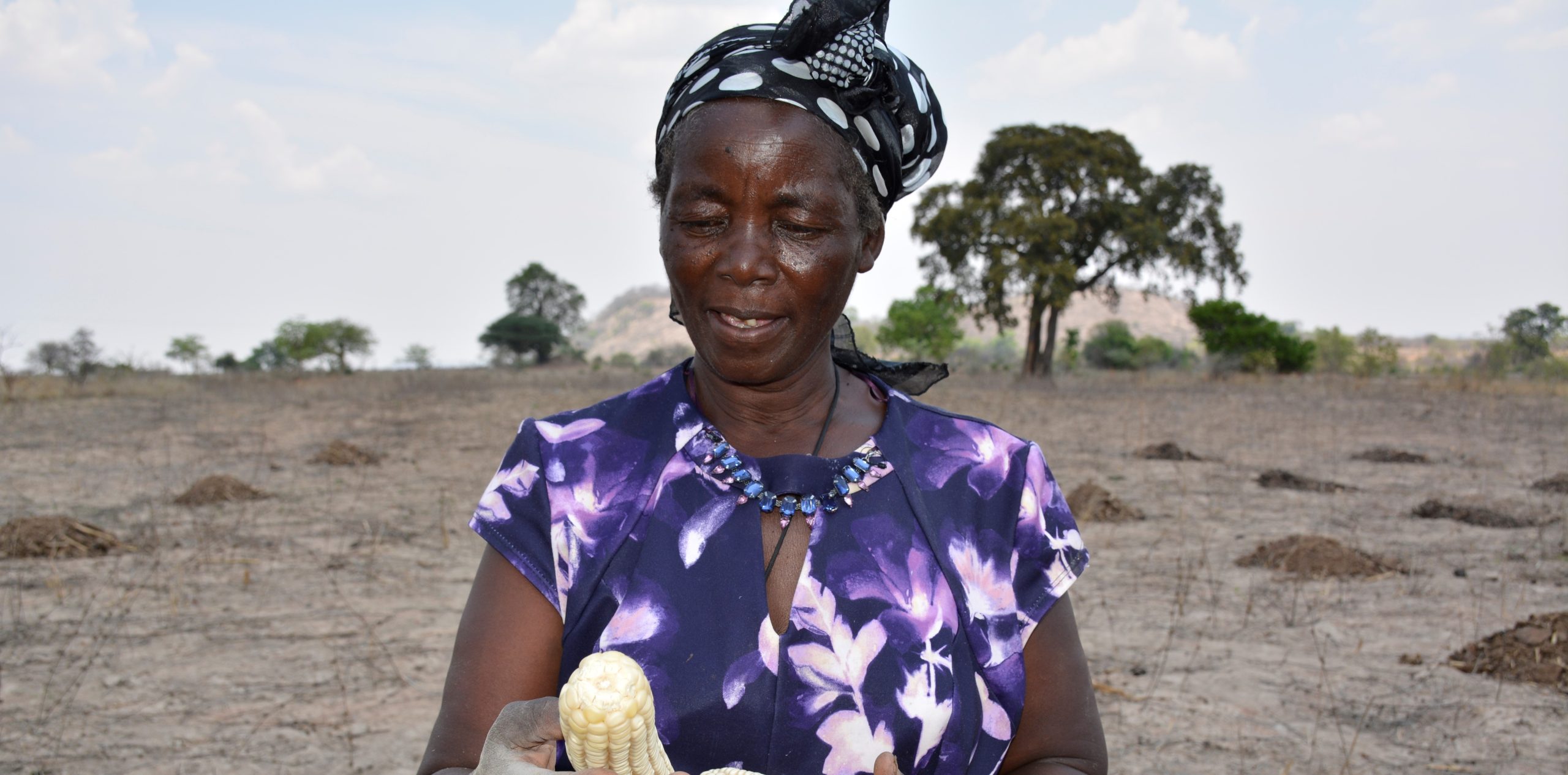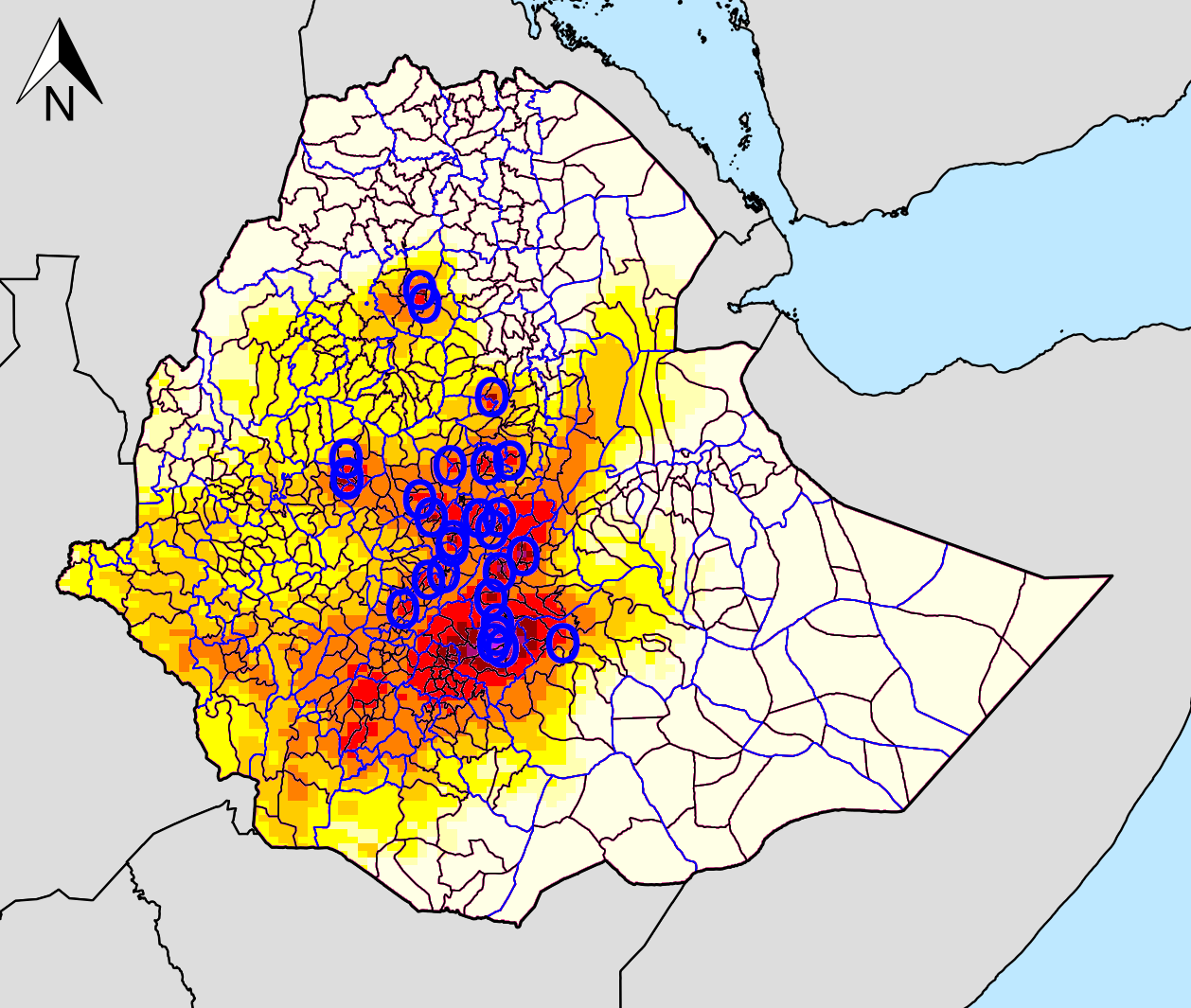Ethiopia is the largest wheat producer in East Africa, with about 65% share of the total wheat production in sub-Saharan Africa. The area under wheat increased from about 1.5 million hectares in 2010 to 2.5 million hectares in 2023. More importantly, the productivity increased from 1.8 tons per hectare to about 3 tons per hectare in the same period, implying an increase of about 5% per annum in productivity (See Figure 1).
Several factors have contributed to this spectacular increase in productivity, including better farm practices implemented through clustering farmers land to reduce production costs, and introducing new, improved varieties which enable farmers to withstand challenges of crop diseases.

A DNA finger printing study found that about 87% of the wheat area in Ethiopia comprises of varieties developed by the International Maize and Wheat Improvement Center (CIMMYT). In 2023, the Ethiopian Institute of Agricultural Research (EIAR) released six new wheat varieties of CIMMYT origin aimed for the mid to highlands (> 1800 meters above sea level) and lowlands (< 1800 masl) of the country. “These newly released varieties provide options for farmers to face devastating rust diseases and at the same time obtain higher productivity,” said wheat breeder Leonardo Crespo.
Gadisa Alemu, wheat breeder based in EIAR, Kulumsa, added that the CIMMYT varieties were tested in farmers’ fields prior to release. “This allows participating farmers to have quicker access to seed of selected varieties,” he said.
Wheat breeders . The aim was to obtain additional insights into the activities of CIMMYT’s partners and co-design a strategy that allows early evaluation and access to CIMMYT germplasm by national partners in Ethiopia. The team visited research centers in Holetta (highlands), Debre Zeit and, Kulumsa (midlands), and Arsi Negele (lowlands). Kulumsa, together with the highlands of Meraro and Asasa plains, represent about 60-70% of the wheat area in Ethiopia. “These are important sites for wheat breeding activities in Ethiopia. Given that Holetta and Debre Zeit are hot spots for diseases, there is an increased interest in the Arsi Negele region to expand wheat production under irrigated conditions,” said Bekele Abeyo, wheat breeder and CIMMYT’s Ethiopia Country Representative.
AGG Maize and Wheat Improvement Teams Meet with Partners to Develop CG-NARES Breeding Strategy
In the first fortnight of September 2023, researchers from the International Maize and Wheat Improvement Center (CIMMYT) and National Agriculture Research and Extension System (NARES) met in Nairobi, Kenya to create high-level strategies and guiding principles for CG-NARES breeding activities. This is in alignment with the ‘Genetic Innovations’ initiative of the One CGIAR strategy. CIMMYT representation included breeding teams from the wheat, maize, and dryland crops. The meetings were organized by Bill & Melinda Gates Foundation and CIMMYT’s Accelerating Genetic Gains in Maize and Wheat (AGG) project team.
It was recognized that the aforesaid strategies and principles need to be based on the biology of the crops and the context of each breeding program; incorporate the logistics of the breeding operations; and implement data driven tools for decision making such as genomic selection.
Participants shared how the application of novel and innovative technologies shortens the breeding cycles, accelerates the rate of genetic gain, and provides tools to enable the evaluation of plant materials (future variety candidates) and future target environments where these varieties will be grown.
It was concluded that effective breeding networks can be a strong instrument to enable faster delivery of improved germplasm to farmers. For this to happen efficiently, the networks require a high degree of coordination, organizational structure, governance, and clarity of roles. “It is fundamental for network members to agree the objectives, vision and expected outcomes of collaborative activities. This forms the basis for co-design and co-implementation of crop improvement plans” said Kevin Pixley, Interim Director of the Global Wheat Program and Director of the Dryland Crops Program.
The meeting also served as a platform for AGG’s and dryland crop’s breeding teams to exchange ideas and experiences. For instance, the Maize team shared their experience and learnings from on-farm-testing activities. The Wheat team shared the evolution and path of breeding modernization and implementation of new technologies. The Dryland Crops team shared their experience with co-designing and co-implementing breeding networks with NARES partners in Africa.


 Environmental health and biodiversity
Environmental health and biodiversity 
